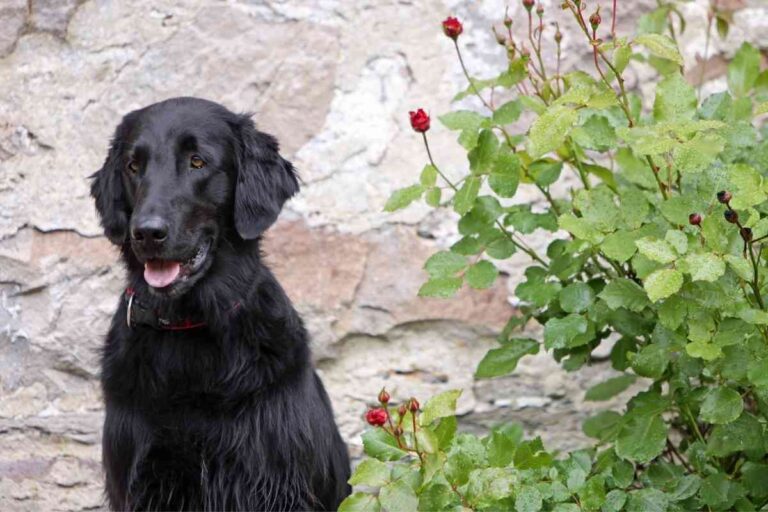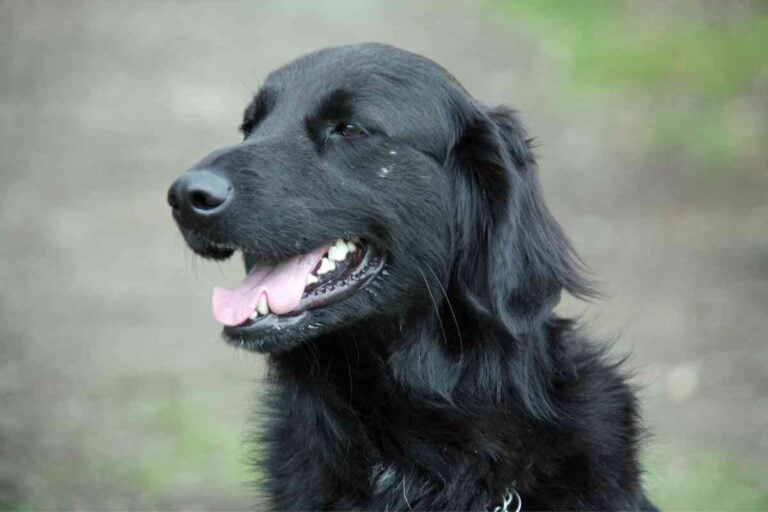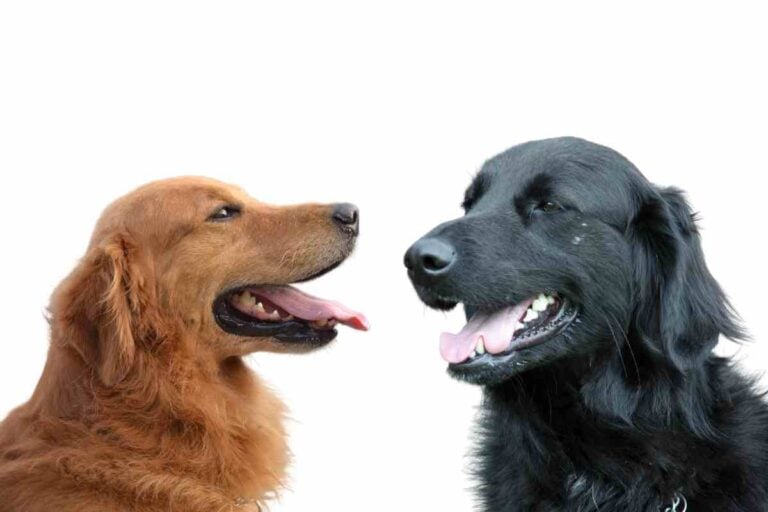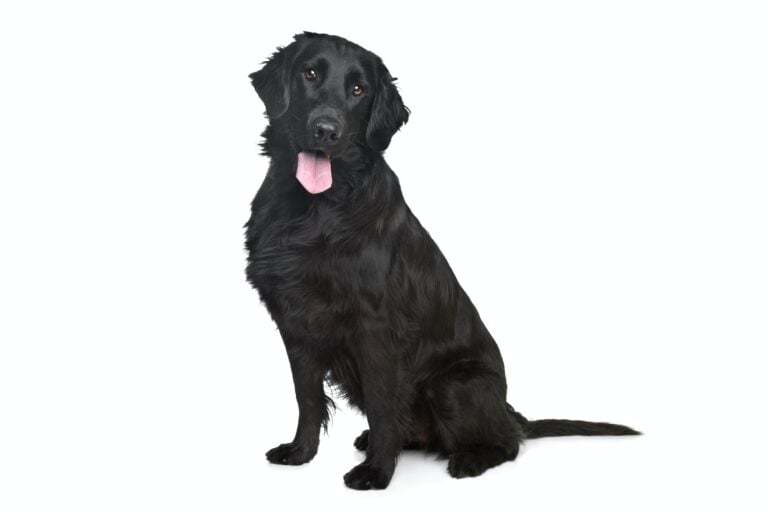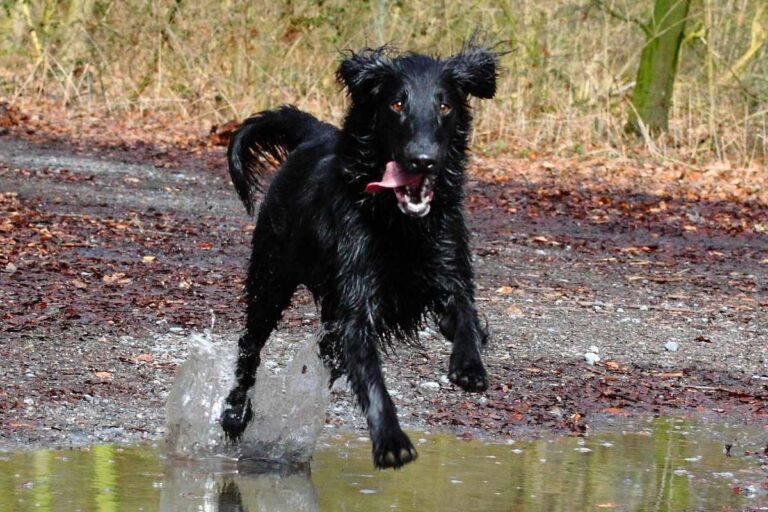What Age is a Flat-Coated Retriever Full Grown?
When you bring a Flat-Coated retriever into your home, there are a lot of things that you are sure to love about having them around.
They are active dogs with lots of loyalty and love to share with their owners.
As you watch them grow though, you may wonder at what age the Flat-Coated retriever is considered full grown.
What Age is a Flat-Coated Retriever Full Grown?
Flat-Coated retrievers reach maturity between the ages of 3 and 5 years. They will be full-grown around 2 years old, some as early as 18 months. Genetics and diet are the main factors affecting when your Flat-Coated retriever will be “full grown.”
Let’s take a closer look at the Flat-Coated Retriever and learn more about how much they can grow, when they stop growing, and what factors can affect their growth.
You will find that the Flat-Coated retriever is going to take longer to grow and mature compared to some of the other dog breeds out there.
Some breeds will be done by the time they are between 18 months and two years old, giving the owner plenty of them with them as a puppy but helping them to have a lot of time to be an adult as well and adjust to that.
The Flat-Coated retriever is going to take a bit longer to reach this maturity level.
It is important to realize this ahead of time since they will not be considered full grown quite as early as some of the other breeds.
This means that you need to go through and treat them more carefully for longer to make sure that the dog is not going to get hurt from being too rough or running too hard.
This dog breed is going to take three to four years to reach full maturity.
This can be a full year or more compared to some of the other breeds, so if you have had another dog in your family, you need to be prepared for this.
Their vet will be able to discuss some of the things that you should look out for as the dog grows to make sure that they are healthy during this prolonged stage of growing.
The good news is that the Flat-Coated retriever is going to maintain some of their youthful appearance and energy, even when they reach full maturity.
Each dog is going to be a bit different so you need to consider that, but compared to some of the other dog breeds out there, you may find that they still have a lot of energy and can have fun and run around quite a bit, even when they are mature.
When Does a Flat-Coated Retriever Stop Growing?
While the dog may not reach their maturity level until they are closer to three to five, it is possible that they will stop growing earlier than that.
Many will stop growing by the time that they are two years old.
There are some that can stop a bit earlier, closer to the 18-month mark but do not be surprised if your dog continues to grow a little bit longer as well.
Keep in mind that the Flat-Coated retriever is a larger dog breed compared to some of the other breeds that you can bring home.
This means that it will take a bit longer for them to be considered full-grown compared to those breeds.
They have more weight and more height to add to the body compared to those other breeds.
This dog is also going to have larger bones, and these are going to need more time to grow along the way.
There is wiggle room on the growth charts and it is possible that some of the dogs in this breed will stop growing early and others are going to take longer to finish their growing.
It will depend on the specific dog that you have in your home.
You can always discuss the growth of the dog with your vet to make sure that there is nothing wrong.
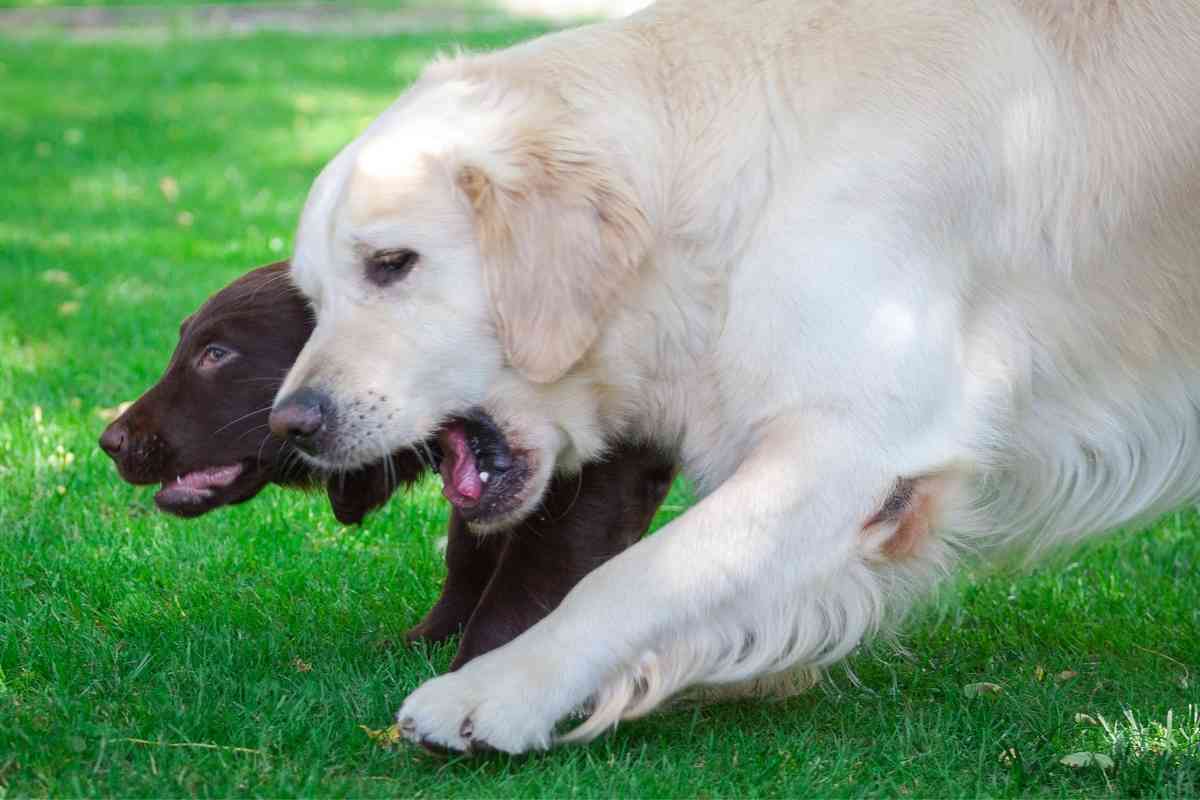
What Factors Determine When My Flat-Coated Retriever Will Be Done Growing?
Every dog, even when they are of the same breed, will be unique.
This means that each Flat-Coated retriever that you have in your home will grow at a different rate.
Some will be done growing by the time they are 18 months and others will take 2 or more years to get this all done.
As long as the dog is healthy and taken care of, this should not be a problem.
Your vet will be a good resource to use when determining the time when the dog is growing healthy or when you need to make changes because something is wrong.
However, there are a few factors that will help determine how long it takes your dog to grow.
The biggest factors that we can consider are the type of food that the owner gives to the dog and the genetic background of the dog.
These will help us figure out if the dog is going to be bigger and take longer to grow, or if they will be smaller and not take as long.
First, we need to look at the genetics that are in the dog.
If both of the parents of your puppy are big, then it is more likely that the puppy will be big when they get older.
This means that they will need a bit more time to grow compared to some of the other dogs in this breed.
If the parents are smaller or medium-sized, then the puppy is less likely to get really big and they will be done growing faster.
While this is not something that holds true for all Flat-Coated retrievers, it is an important rule of thumb to follow.
The diet that is given to the puppy will be a big factor as well.
Healthy diets are going to help promote a healthy amount of growth in the dog.
If the dog is able to get all of the nutrients that their bodies need, they are better able to grow faster and bigger compared to if they are given poor nutrition in their food.
It is a good idea to carefully choose the food that you feed to your dog.
This will ensure that the dog is able to grow big and strong without all of the issues along the way.
Does Spaying and Neutering Slow Down the Growing Process
It is possible that spaying or neutering the Flat-Coated retriever could make a little difference in their size when they are older.
This is a very small difference though and most of the time, you will not be able to notice.
The difference is not enough to make it worth your time to forego that process if you decide to do it.
The age that you spay or neuter the dog is going to be the biggest determinant about whether the dog will see a slowing of growth or not.
For most dogs, it is a good idea to neuter and spay them to help with their health.
The difference in height and weight is not that much and all the health benefits make it a good option.
If you do feel worried about how spaying and neutering will affect the height of your Flat-Coated retriever, then discuss this with your vet to get their opinion.
What If I Think My Flat-Coated Retriever Is Getting Too Big?
Keep in mind that the Flat-Coated retriever is considered a large dog.
They are going to be bigger than some of the other dog breeds that you would use.
If you are not ready to have a big breed dog in your home, then it is a good idea to choose another one.
While this breed will not get as big as some including the Mastiff, they will be a big dog and tend to grow for longer than some other breeds.
If you do feel worried about how big the Flat-Coated retriever is getting, then it is time to take them in for a checkup with their vet.
Keeping Your Flat-Coated Retriever Healthy
No matter how big the Flat-Coated retriever gets or the final size that you see when they are older, it is important to keep this dog breed healthy.
They are a great companion who likes to spend time with their owners, playing, running around, and having a lot of fun.
Take the time to learn about the healthy growth of your Flat-Coated retriever and see how happy they can be in the process.

